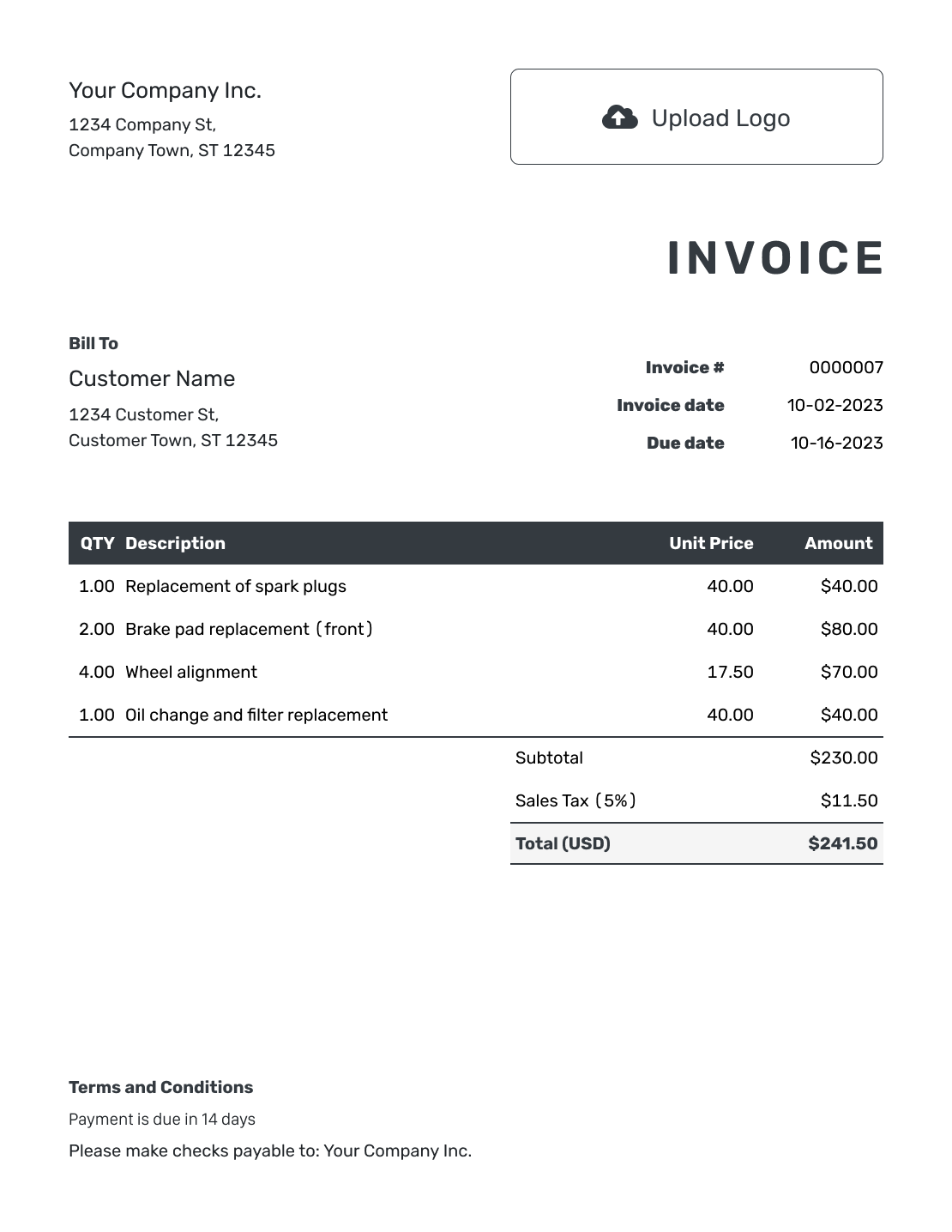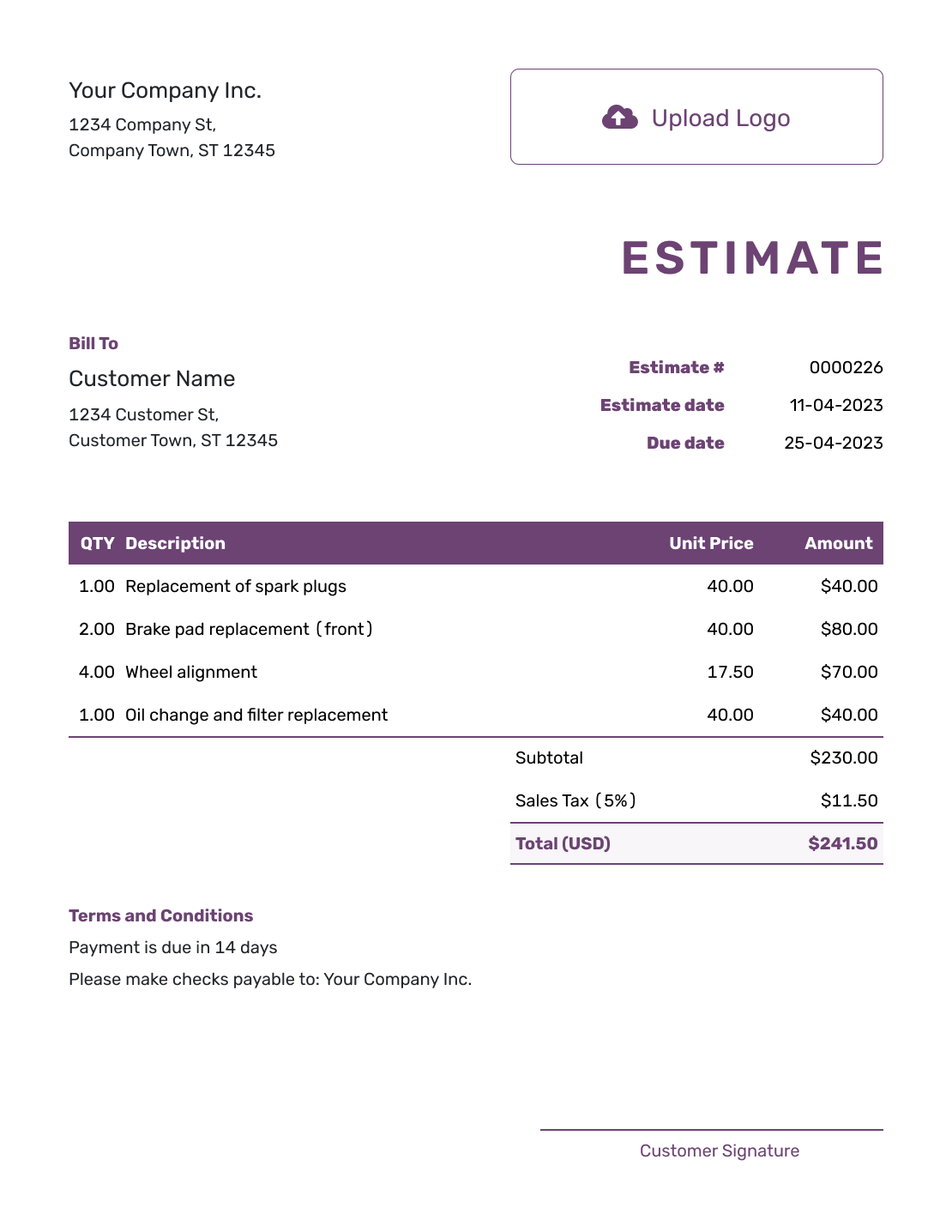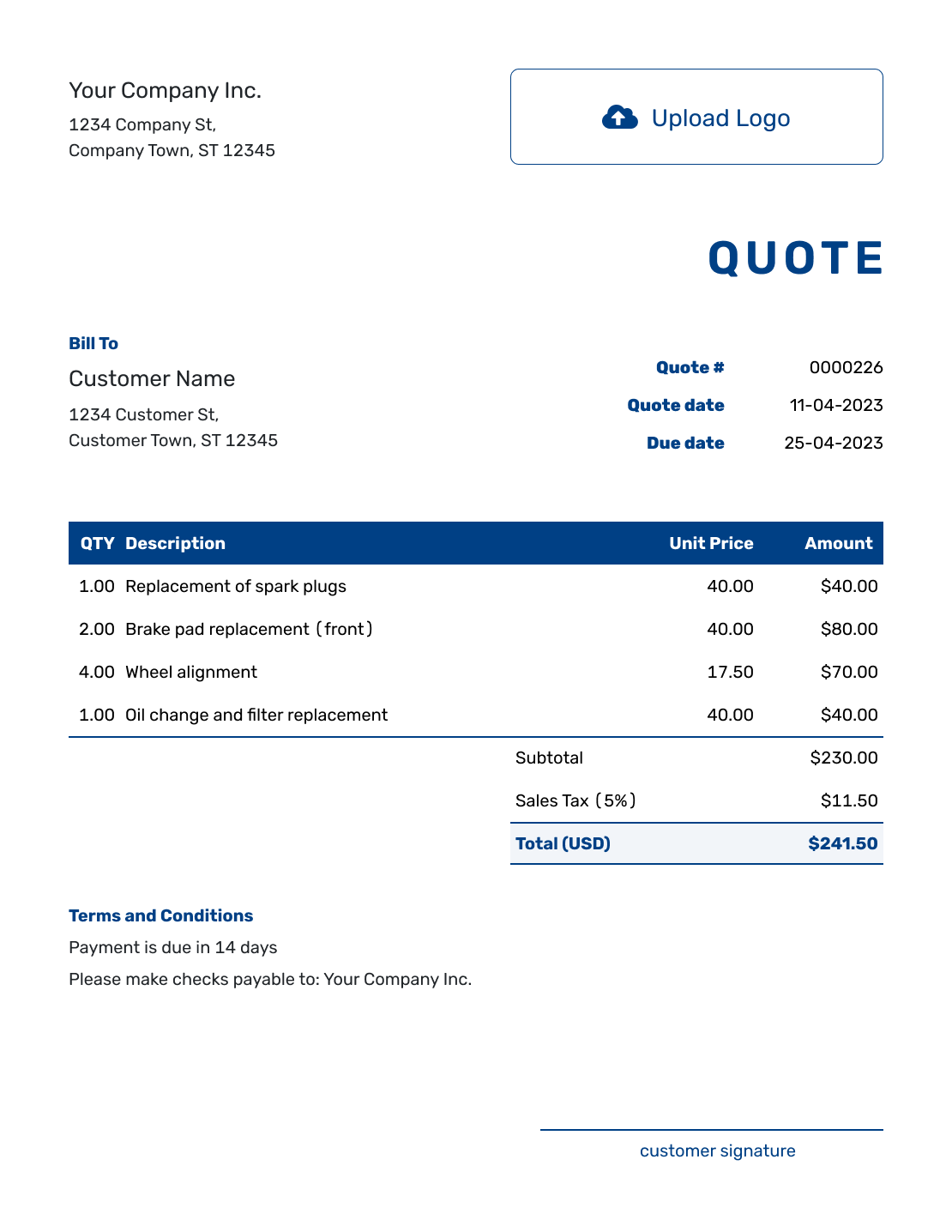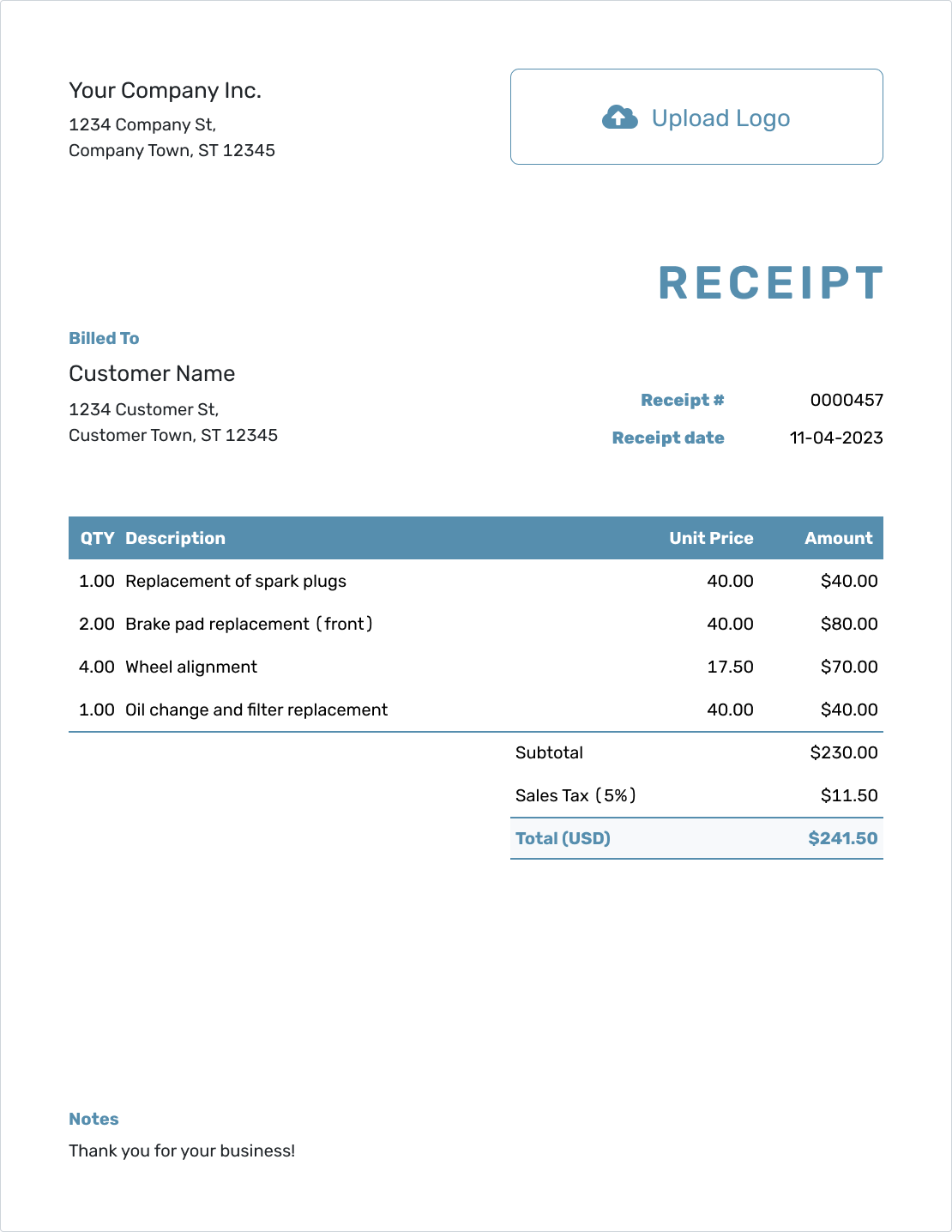Understanding
General Ledger
Est. reading time: 7 min

The general ledger is the backbone of any accounting system, serving as a comprehensive record of your business's financial transactions. It organizes data into accounts, making it easier to generate reports, track financial performance, and maintain accuracy in your records. In this article, we’ll break down what a general ledger is, how it works, and why it's crucial for small businesses.
What Is a General Ledger?
A general ledger is a complete record of all financial transactions within a business, grouped into accounts such as assets, liabilities, equity, revenue, and expenses. It's the core of double-entry bookkeeping, where every transaction affects at least two accounts to ensure the books stay balanced.
Key Features of a General Ledger:
- Comprehensive: Tracks all financial transactions, including invoices, payments, and expenses.
- Categorized: Divides transactions into specific accounts for better organization and reporting.
- Double-Entry System: Ensures that debits and credits always balance.
Why Is the General Ledger Important?
The general ledger plays a critical role in managing your business's finances. Here's why:
- Accuracy: Ensures financial data is complete and balanced.
- Transparency: Provides a clear record of transactions for audits and reviews.
- Decision-Making: Helps generate financial reports like balance sheets and profit and loss statements to guide business strategies.
- Compliance: Ensures your records meet regulatory and tax requirements.
How Does a General Ledger Work?
Every financial transaction is recorded in the general ledger, typically with the following details:
- Date of the transaction.
- Description of the transaction.
- Account debited and credited.
- Amount of the transaction.
Here's how the process works:
- When a transaction occurs, it's first recorded in a journal entry.
- These journal entries are then posted to the appropriate accounts in the general ledger.
- At the end of the accounting period, the ledger is used to prepare financial statements.
Key Sections of a General Ledger
The general ledger is typically divided into these main categories:
- Assets: Resources owned by the business (e.g., cash, inventory, property).
- Liabilities: Debts or obligations (e.g., loans, accounts payable).
- Equity: Owner's investment in the business and retained earnings.
- Revenue: Income from sales or services.
- Expenses: Costs incurred in running the business.
Example of a General Ledger Entry
Let's say you sell $500 worth of goods and receive cash. The journal entry might look like this:
| Cash (Asset Account) = | + $500 (Debit) |
| Sales Revenue = | + $500 (Credit) |
This ensures the books are balanced: total debits = total credits.
General Ledger vs. Trial Balance
While the general ledger contains all transaction details, the trial balance is a summary report showing the ending balances of each account. The trial balance is used to verify that total debits equal total credits before preparing financial statements.
Closing Thoughts
The general ledger is essential for keeping your finances organized and accurate. It's a tool every business owner should understand to monitor their financial health, comply with regulations, and prepare for growth. Keep your general ledger up to date to make managing your business smoother and stress-free.




